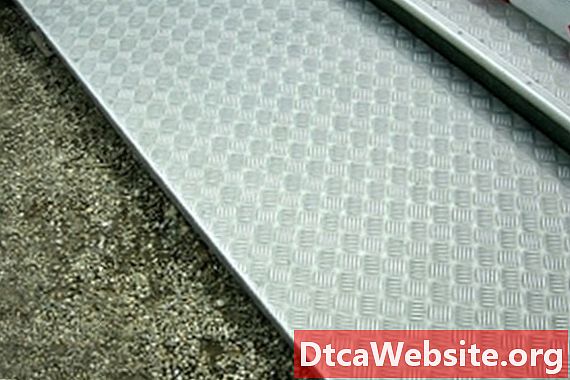
Contenu

Calculating the amount of paint youll need to paint any car or truck is surprisingly easy, provided you have the right data. The only real trick is to not overthink things and remember that youll always need more than you think. Square-footage is easy to calculate, but youll need to bear in mind that actual paint coverage varies by paint color, substrate paint color, the amount of reducer you use and effects such as metal-flake and pearl.
Measuring and Calculating
Step 1
Measure the side of your truck, including only the bumper-to-bumper length and height. Round up to the nearest foot. This might be 15 feet by 5 feet for passenger cars and 90 feet by 14 feet for a tractor trailer. Multiply those two measurements to get the square footage; in this example 75 sq-ft. for the car and 1,260 for the truck. Double that square footage (the vehicle has two sides) to get the total side value. In this case, 150 sq-ft. for the car and 2,520 for the truck.
Step 2
Multiply the vehicles length by its width to get the top-view measurement. If the above car were five feet wide, its top-view measurement would be 75 sq-ft (15 x 5 = 75). If the truck were nine feet wide (most are eight ft, six inches but youll round up to the nearest foot), its top-view measurement would be 810 sq-ft.
Step 3
Multiply the vehicle height by width to get the end-on measurement, then double it (the vehicle has a front and back). For the car, this would be 50 sq-ft. (5 x 5 x 2 = 50). The trucks combined end-on measurement would be 252 sq-ft. (9 x 14 x 2 = 252).
Step 4
Add the combined side, top-view and combined end-on square footage measurements. This comes out to 275 sq-ft. for our hypothetical car (150 + 75 + 50 = 275), and 3,582 sq-ft. for the truck (2,520 + 810 + 252 = 3,582).
Step 5
Multiply your final square footage number by as many coats as youll need. This can vary from anything to one coat (for a same-color respray), to three coats (for a change to a darker color) to five coats (for a change to a much lighter color, as from black to white) or even more if youre using kandy paints, metal flakes, color shifts or pearls.
Step 6
Compare the final estimated square footage to the coverage indicated by your paint manufacturer, including the intended amount of reducer. The amount of reducer required doesnt factor into the actual paint volume purchase, but its helpful to know when you go shopping.
Calculate the final amount. In our example, lets say you want to take the passenger car (275 sq-ft.) from a darker to a lighter color (three coats), utilizing a paint thats designed to cover 10 sq-ft. per ounce. Here, you would multiply 275 by 3 to get 825 sq-ft of required paint job, and then divide that by 10 to get the required number of ounces. In this case, the required paint works out to 82.5 ounces, or 0.64 gallons.
Tip
- Dont forget to include the cost of a clearcoat if using a two stage paint. Two stage paint jobs typically require a minimum of two coats of clear.
Items you will need
- Measuring tape or line
- Calculator


